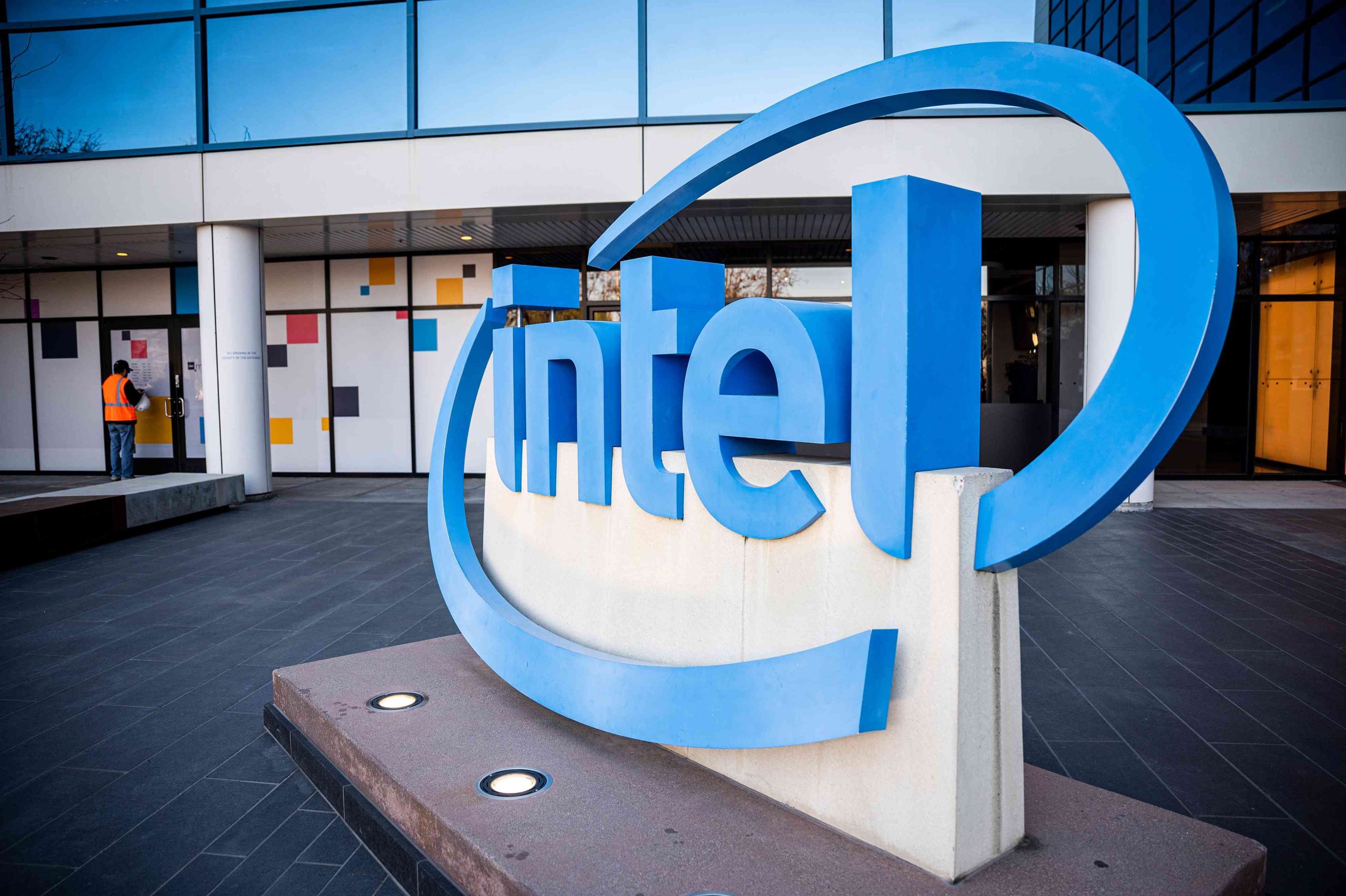The Advantage of Challenger Brands in Times of Economic Uncertainty
In times of financial insecurity, challenger brands have a unique advantage over their established competitors. This advantage stems from the fact that consumers, faced with financial pressure, become more sensitive to price fluctuations. As a result, challenger brands have the opportunity to “buy themselves into a category” by offering competitive pricing and capturing market share. This insight, derived from data provided by VCCP and Magic Numbers, sheds light on the performance of challenger brands during the pandemic and offers valuable implications for both challenger and established brands in the face of a weakening global economy.
The Opportunity for Challenger Brands in Necessity Categories
Challenger brands in categories of necessity, such as food, have a significant opportunity to gain market share. As Grace Kite, Marketing Week columnist and founder of Magic Numbers, points out, “we have to eat,” making food a non-negotiable purchase for consumers. In these categories, pricing competition becomes intense, creating a favorable environment for challenger brands. Kite emphasizes that the key to success lies in offering relative pricing advantages compared to competitors.
She highlights the importance of beating competitors on price to win over consumers. However, she also emphasizes that it is the “relative price” that matters. This means that if competitors increase their prices, challenger brands can follow suit and still attract price-sensitive consumers. Kite suggests that investing in the brand and advertising during a recession can help challenger brands break into these categories and gain market share.
The Power of Advertising in Necessity Categories
Advertising plays a crucial role in helping challenger brands make a mark in categories of necessity. According to Kite, advertising around essential products delivers a significant return on investment (ROI) during a recession. The uplift a brand receives from advertising in such times is greater than in normal circumstances. This creates a competitive landscape where challenger brands can effectively compete with established brands through the right pricing strategy and impactful advertising campaigns.
Steve Taylor, joint chief strategy officer at VCCP, supports this notion by citing examples of successful challenger brands. He mentions confectionary brand Little Moons and Yorkshire Tea as examples of brands that have used advertising to grow their market share within a category. Taylor explains that FMCGs (Fast-Moving Consumer Goods) that advertise have customers who are more tolerant or less sensitive to price rises. Little Moons’ strategic use of social media advertising during the pandemic is a prime example of how challenger brands can break into a category and capture consumer attention.
Navigating Non-Necessity Categories
While challenger brands have a clear advantage in categories of necessity, the situation becomes less straightforward in non-necessity categories. The data from Magic Numbers reveals that 62% of consumers are considering stepping back from optional purchases in 2024. Consumer confidence remains low, leading to cautious spending behavior, especially for major purchases.
In such circumstances, Kite suggests that brands should act as though they are in a recession because their category is in a recession. This means that brands need to consider their communication strategies and adapt them based on what their competitors are doing. While it is still essential not to completely withdraw from marketing activities, brands must evaluate their approach in light of the market conditions and the actions of their competitors.
The Importance of Market Competition and Media Strategy
Understanding market competition is crucial for challenger brands looking to make an impact during times of economic uncertainty. Kite advises brands to assess the situation and take advantage of opportunities when competitors go quiet. By maintaining a strong presence while competitors reduce their marketing efforts, challenger brands can increase their visibility and capture consumer attention more effectively.
However, it is worth noting that media prices may not necessarily decrease in 2024. Kite warns against assuming that media will become cheaper in the coming year. While media prices generally fall during recessions, the current market conditions indicate that this may not be the case in 2024. Brands should carefully consider their media strategies and allocate their budgets accordingly to maximize their impact.
The Role of Dynamic Pricing
Dynamic pricing can be a powerful tool for brands seeking to navigate economic uncertainty. By implementing dynamic pricing strategies, brands can adjust their prices based on market conditions and consumer demand. This approach allows brands to remain competitive and capture market share even during challenging times.
Mark Ritson, a marketing expert, emphasizes the effectiveness of dynamic pricing as a marketing masterstroke. He suggests that brands that can effectively implement dynamic pricing have a significant advantage in the market. However, the success of dynamic pricing depends on brands’ ability to effectively communicate the value proposition to consumers and convince them of the benefits of the pricing strategy.
Conclusion
In times of economic uncertainty, challenger brands have a unique advantage over their established competitors. The sensitivity of consumers to price fluctuations provides an opportunity for challenger brands to “buy themselves into a category” by offering competitive pricing. This advantage is particularly evident in categories of necessity, where pricing competition is intense. By investing in their brand and advertising during a recession, challenger brands can effectively break into these categories and capture market share.
In non-necessity categories, cautious consumer behavior poses challenges for brands. However, by adapting their communication strategies and closely monitoring market competition, brands can still find opportunities to make an impact. Dynamic pricing strategies can also play a crucial role in helping brands navigate economic uncertainty and remain competitive.
As the global economy continues to face challenges, it is essential for brands, both challenger and established, to consider the implications of these insights. By understanding consumer behavior, market dynamics, and the power of effective pricing and advertising strategies, brands can position themselves for success even in times of economic uncertainty.




